Tariffs enacted by Presidents Joe Biden and Donald Trump effectively closed the door on auto imports from China – only a few products now entering the U.S. But, despite the current hefty tariffs, observers expect that the Trump administration will soon open the American market up to Chinese products, while also encouraging manufacturers like BYD and Geely to set up U.S. manufacturing operations. While American motorists would likely welcome vehicles like the $20,000 BYD Dolphin, this could pose an “existential threat” to traditional automakers, reports Headlight.News.
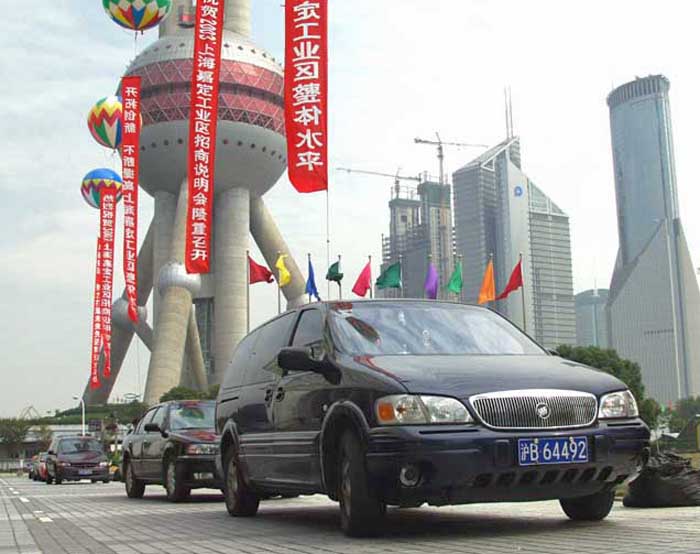
Buick survived the GM bankruptcy thanks to strong demand in China. But it has been losing its grip lately as domestic Chinese brands gain momentum.
Over the past five years, the Chinese auto industry has become a major force on the global stage. Exports have grown from barely 1 million to an estimated 7.5 million for all of 2025. Brands like BYD, Geely and Zeekr now account for 20% of the Mexican market, while sales in the European Union have mushroomed by 91% compared to a year ago.
With low-cost offerings like the $21,000 BYD Dolphin, Chinese vehicles can be found in virtually every global market. The exception: the United States. Yes, there are a handful of imports available, including the Buick Envision, Lincoln Nautilus, Polestar 2 and Volvo S90, but they face tariffs of up to 100%. That’s why Volvo, for one, has shifted production of the EX30 battery-electric vehicle from China to Europe.
Moves by Presidents Joe Biden and Donald Trump to close the doors on Chinese auto imports have been hailed by much of the industry, Ford CEO Jim Farley warning traditional automakers would otherwise face an “existential threat.” But those doors may soon pop open, a number of industry experts now anticipate, as part of the trade deal the Trump administration is seeking with China. That could not only lead to a flood of Chinese-made vehicles, but also see Chinese manufacturers set up manufacturing operations in the U.S.
The rise of China’s domestic automakers
The Chinese automotive market is now the world’s largest, with sales expected to top 32 million this year, according to the China Association of Automobile Manufacturers, or CAAM. That’s all the more impressive considering how young the market was. Only about 507,000 vehicles were sold there in 1998, the year General Motors opened up its first plant, producing Buicks in Shanghai.
Until recently, foreign brands, including GM, Volkswagen and Toyota dominated the Chinese sales charts. But since the beginning of the decade, they have begun losing their grip, with only about a 31% market share so far this year, according to CAAM. Local marques Geely and BYD now dominate. And they are also becoming the big players when it comes to Chinese auto exports.
Where Chinese auto plants could barely keep up with local demand a decade ago, the industry there is now struggling with excess capacity. And that’s driving the push to export – foreign sales now accounting for total Chinese vehicle production, according to industry data.
An “existential threat”
The U.S. is now the only major market where Chinese domestic automakers haven’t established a significant presence. But don’t expect that to remain the status quo for long. “The threat is real and we can no longer afford to pretend it will go away,” Michael Dunne, a long-time Asian auto hand, and head of Dunne Insights LLC, told Headlight.News.
“Threat” is precisely the word that traditional automakers are fond of using, though Ford CEO Jim Farley was more dire in warning of an “existential threat” that could sink many established brands.
The problem: Chinese autos are being marketed at substantially lower prices than what companies like GM, Ford, Toyota and Hyundai can afford. That’s especially true at a time when new vehicles prices in the U.S. are averaging around $50,000, and nearing an all-time record. That’s all the more the case in the EV sector where the average price is closer to $60,000.
More Auto News
- Young American Motorists “Eager” to Buy Chinese Vehicles
- GM, Ford Caught in Middle as Trade Battle With China Heats Up
- Western Automakers Lose Ground in China
Eager buyers
“There will be a lot of demand for lower priced cars,” said John Casesa, a Wall Street veteran, former group vice president of global strategy at Ford Motor Co., and now senior managing director at Guggenheim Partners.
The Chinese have a particularly big price advantage in the EV market. Consider that the BYD Dolphin Mini – a 5-door EV with a range of 190 miles – goes for MXN$358,000 in Mexico, or just $21,000. And that includes a 16% value-added tax. The BYD Dolphin Surf exported to the European Union goes for as little as 19,990 euros, or $22,977, depending upon the national market. In a handful of countries, the BYD Seagull EV starts just over its Chinese price of $11,000.
That helps explain the results of a recent study by AutoPacific, Inc. which found 57% of those under 40 years of age who are either now in-market or soon planning to look for a vehicle would seriously consider a Chinese brand. The number “goes down with each 10-year age break,” said AutoPacific CEO Ed Kim. For those in their 40s it’s 45%, while 31% of those in their 50s would consider going with a Chinese vehicle. Among those in their 60s, he said, “It plummets down to 15%, and then 9% for those in their 60s.” Still, those most open to Chinese products are set to become the majority of new vehicle buyers over the next few years.
“Systemic” advantages
For the moment, at least, the Trump administration has tried to sharply curtail the Chinese imports that have become an otherwise ubiquitous part of American society. The door has all but been slammed shut on Chinese auto products, with 100% tariffs on the EVs that dominate that country’s auto exports.
Those backing these steep sanctions – including virtually all traditional manufacturers competing in the U.S. – insist the Chinese don’t play by the rules. There are “systemic” advantages, said Dunne, benefiting from ties between the Chinese domestic manufacturers and the Beijing and regional governments. These can include lower prices for raw materials – especially those minerals needed for EV batteries – along with free loans, free land, free energy.
“The Chinese automotive industry (also) has a production capacity on a scale superior to that of competitors in other regions, and this gives them a competitive advantage,” said Guillermo Rosales, president of auto association AMDA. The Mexican auto industry’s trade association.
There’s another big advantage, adds Dunne. “I think the biggest threat is speed. It takes the Chinese 18 to 24 months to develop new vehicles,” where it can take two, even three times as long for traditional brands.
The Chinese are coming!
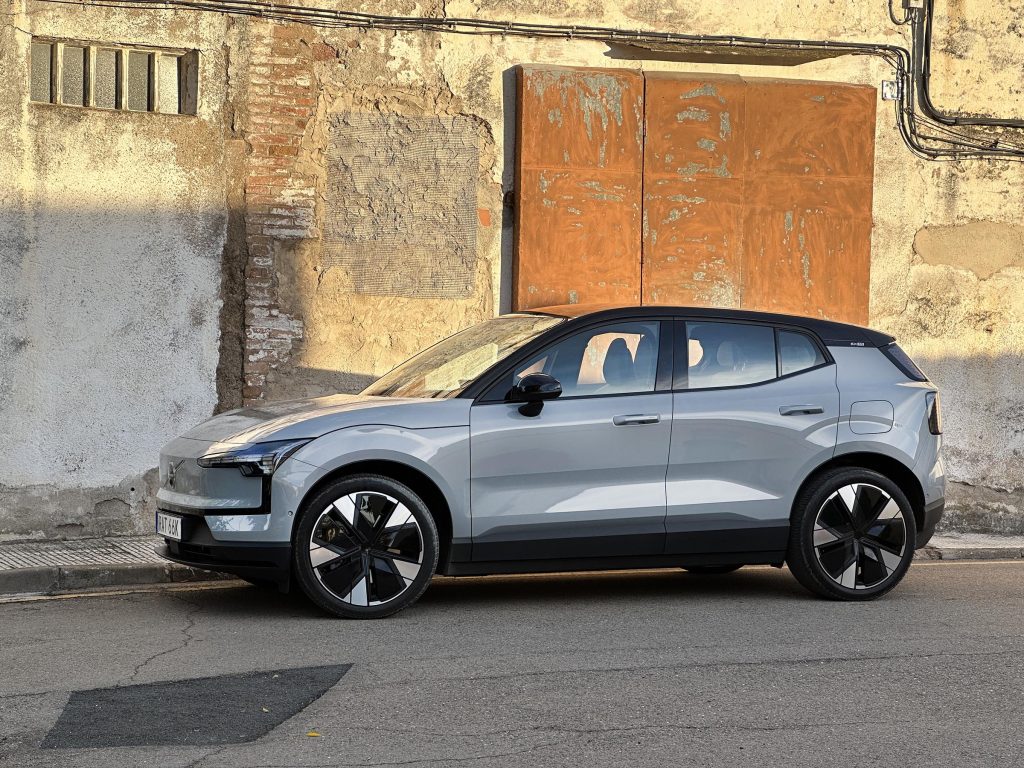
For now, tariffs make it difficult to sell Chinese products in the U.S. Volvo moved production of the EX30 to Europe for models sold in the States.
Despite the desperate concerns voiced by traditional automakers and their supporters, there have been signs the Trump administration won’t keep the doors closed forever. The president has repeatedly boasted of a “grand” deal being worked out between China and the U.S. And many who follow the auto industry expect it will crack open the portal, if not entirely drop the floodgates.
Chinese automaker “will ultimately be getting here,” forecast Terry Woychowski, a veteran auto executive now serving as president of consulting firm Caresoft Global. Dunne agrees, though he notes that the U.S. administration hasn’t been able to deliver trade deals nearly as quickly as once promised. On with China “could be the next quarter, could be in five years.” But it will let more Chinese autos into the U.S., he’s confident in predicting.
With what we’ve seen in other deals announced by the White House, however, Chinese automakers will likely have to accept a demand to set up a production base in the U.S., everyone who spoke on the subject agreed. And there, the U.S. may demand the Chinese follow the same rules they set up in their home market. There, virtually all foreign-owned companies, such as GM, VW and Toyota, are required to operate as part of joint ventures with domestic Chinese automakers. The Buick plant in Shanghai, for example, pairs GM and SAIC.
“It would make all the sense in the world (the Chinese) will be required to set up joint ventures” with traditional manufacturers when coming to the U.S., said Casesa. “They could leverage existing relationships with companies like General Motors, Ford and others.
What the final rules might be has yet to be determined, but the broad consensus is that it’s now a matter of “when,” rather than “if” Chinese autos will become a real presence in the U.S.

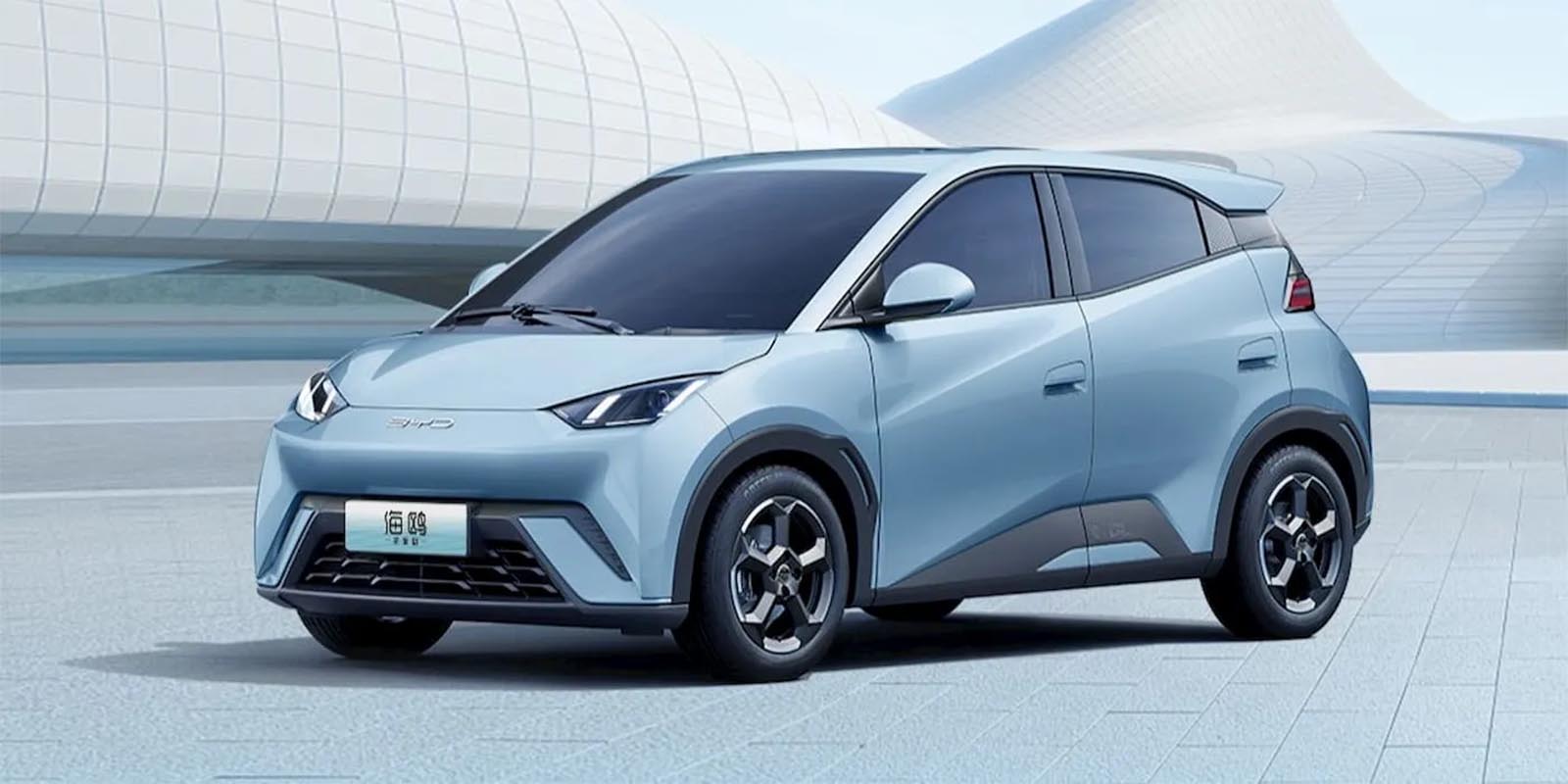
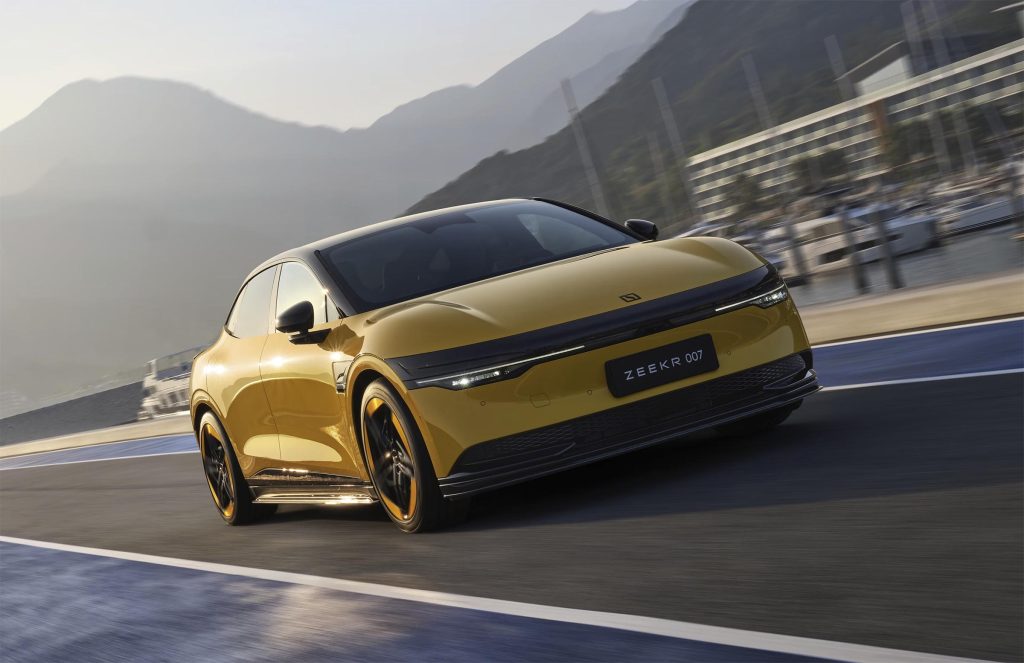
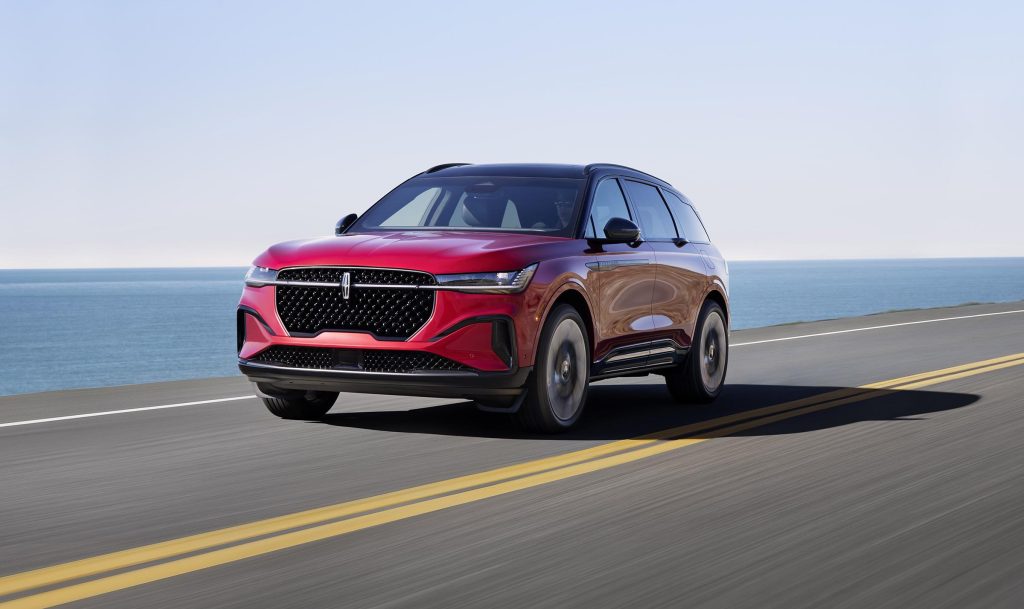
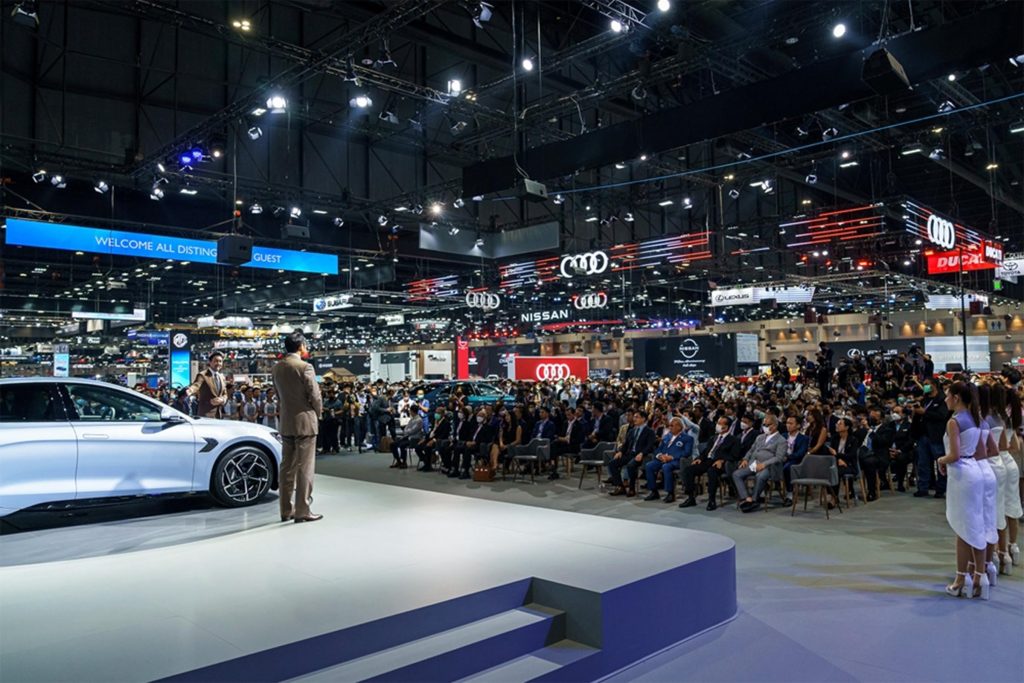
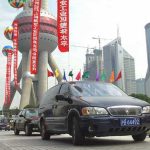
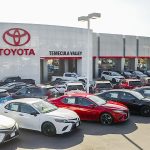

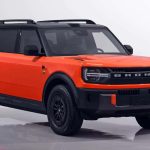
I notice that the likeliness of buying a Chinese vehicle decreases with IQ.